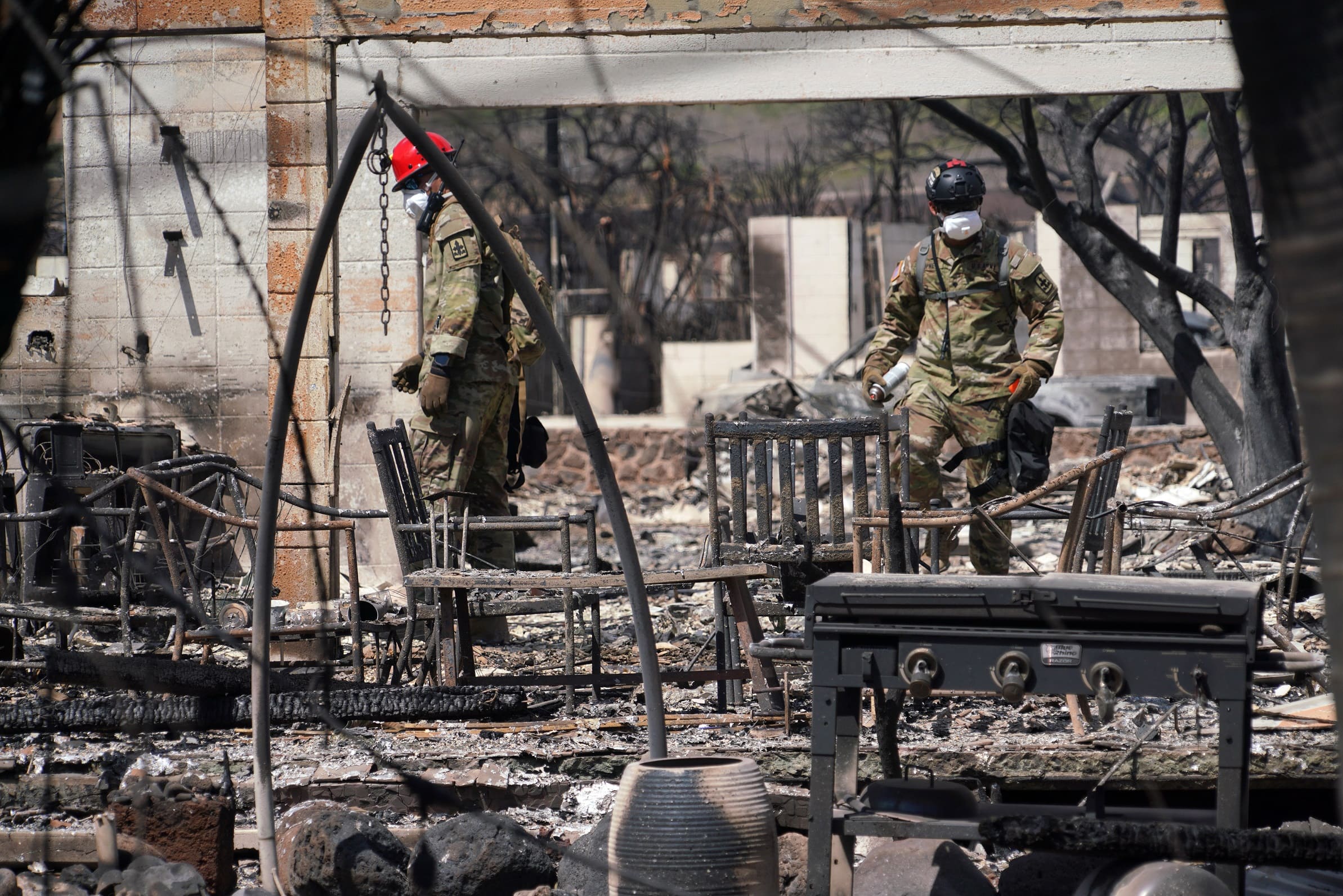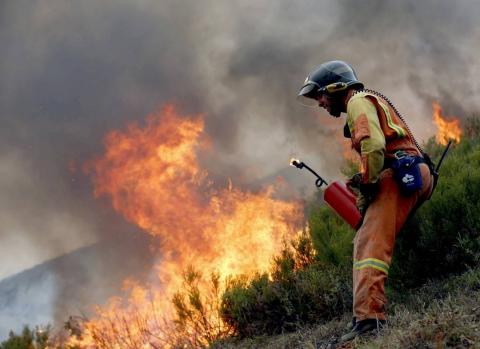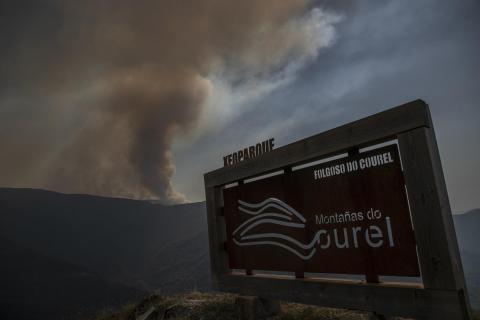With the summer, fires dominate the news and newspaper front pages, mainly those called “big wildfires”. These, which are characterized by extreme behavior that makes their extinction extremely difficult, affect large surfaces and cause significant social and ecological impacts. Despite the fact that they only represent 0.16 % of the total number of fires in Spain, they account for almost 41 % of the total area affected.
Climate change is, without a doubt, behind the worsening of these extreme phenomena. The climate crisis has meant that fires are no longer just a matter of summer, with heat waves becoming more frequent and more severe and prolonged droughts. This has caused fire seasons to have lengthened, on average, by 27 % globally (from 53 to 67 days) and by 55 % in the Mediterranean basin (from 52 to 88 days) since 1979. Thus, there are more and more fires out of season. For example, in the first half of 2023 alone, around 66,000 hectares have already burned in Spain. Throughout the Mediterranean basin, this problem has worsened especially in recent decades due to rural abandonment and the increase in improperly managed forest masses.
Throughout the Mediterranean basin, this problem has worsened especially in recent decades due to rural abandonment and the increase in improperly managed forest masses
These large wildfires cause unprecedented impacts on both ecosystems and society. The most obvious effect is the loss of vegetation, although its impacts on fauna, air and water quality, and soil cannot be ignored. Smoke can significantly worsen air quality, and the ashes and sediments washed away by rain can contaminate drinking water, both having harmful consequences for human health.
Other less obvious impacts are those on the ground, which lead to the loss of fundamental ecosystem services such as carbon sequestration, water storage or food production. All this without forgetting the loss of human life and damage to infrastructure. Thus, the increase in the occurrence and recurrence of these extreme phenomena jeopardizes the resilience capacity of socio-ecological systems.
Learn to coexist with fire
Large wildfires are a symptom of the demographic and environmental challenges we face as a society. It has been amply demonstrated that devoting all efforts to extinguishing fire implies a greater accumulation of vegetation and, therefore, a greater risk of catastrophic fires in the future —the so-called extinction paradox. While we cannot and do not want to prevent fires entirely, we can adopt strategies so that when they do occur, their impacts are as minimal as possible. In other words, we have to learn to coexist with fire, and even more so in this context of climate change.
This highlights the need for a change in the social perception of fires and how we manage the territory. For this, it is important to adopt management strategies at the national level, but especially at more local levels, obeying the idiosyncrasy of the fires in each region, since their casuistry in the northwest of Spain has little to do with the Mediterranean slope.
Since it is an unavoidable problem for society, prevention efforts must be a priority and constant throughout the year. The Pau Costa Foundation warns in its recent Declaration on the management of large wildfires in Spain that it is necessary to manage, each year, at least 1% of the national forest area to prepare the territory for these large fires. To reach this goal, they estimate an investment of about 1,000 million euros per year.
We need to understand that fires are complex phenomena and that 0 risk does not exist, so efforts must continue to be devoted to research and awareness to build more resilient communities
Preventing the spread and reducing the severity of these events is achieved by creating diverse landscapes and acting in priority areas of greatest danger, such as the urban-forest interface. Thus, it is vital to inject funds and promote the application of measures of proven effectiveness in these areas, such as prescribed burning, grazing, brush clearing and thinning in wooded masses.
Recent events such as the large fires in Canada, whose emissions have affected large cities located thousands of kilometers away, show that the urban cannot be separated from the rural. We have a joint responsibility as a society to face this unprecedented problem, which will worsen in the coming years. To do this, we need to understand that fires are complex phenomena and that there is no zero risk, so efforts must continue to be devoted to research and awareness to build more resilient communities.





